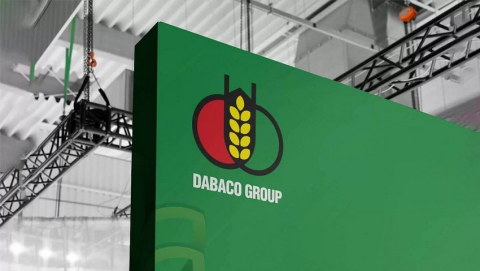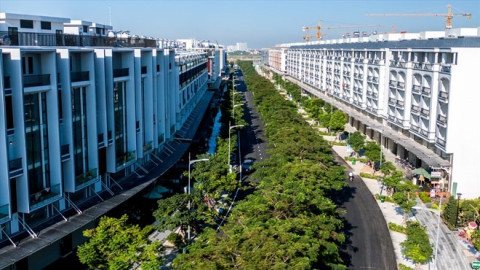Textile enterprises need to change production strategies
- 128
- Enterprise
- 14:12 15/07/2024
DNHN - To participate in the supply chain, textile enterprises must change their production strategies through process improvements, innovation in machinery and equipment, technology updates and greening of production stages to enhance quality.
Mr. Vu Duc Giang, Chairman of the Vietnam Textile and Apparel Association (Vitas), informed that textile orders have begun to stabilize, with some enterprises having orders until the end of October and November 2024. This brings hope for stronger growth by the end of the year, with an export target of 44 billion USD this year.
The Vietnamese textile industry is thriving thanks to controlling inflation in major markets like the US and Europe, which helps increase purchasing power. Inventory levels of brands in 2023 have decreased, and some textile enterprises are now looking for smaller companies to outsource orders through Vitas. Additionally, textile enterprises have proactively diversified their markets and customers.

Mr. Cao Huu Hieu, General Director of Vietnam National Textile and Garment Group, stated that most garment enterprises have enough orders for production until the end of the third quarter of 2024 and continue negotiating contracts for the fourth quarter of 2024, the peak production season for Christmas and Tet orders. The export turnover of the Vietnamese textile industry in 2024 is expected to increase by 8-10% compared to 2023, with production and business results in the last six months of the year expected to improve due to positive market signals, particularly in the yarn sector.
Textile exports are returning to a recovery path, with enterprises having orders until the end of the third quarter and the end of 2024. However, manufacturing enterprises are facing many new challenges, such as changing customer requirements with smaller orders, lower quantities, low prices, and short delivery times. Consumers increasingly tend to shop online, and the demand for diverse products is growing.
Particularly, markets like the EU and the US demand green and sustainable production from raw materials, labor, equipment to energy, and transportation, which are all legalized and uniformly implemented. The Vietnamese textile industry is also under significant pressure regarding the workforce, currently lacking about 500,000 workers, especially skilled workers, mid-level labor, managers, and product designers.
To participate in the supply chain, Vitas advises textile enterprises to change their production strategies through process improvements, innovation in machinery and equipment, technology updates, automation application, and greening of production stages to enhance quality, production capacity, and flexibility in meeting small orders and diverse products. Besides reducing costs and production time, textile enterprises should also focus on selecting environmentally friendly materials that are recyclable, in line with the circular economy trend, and diversifying markets.
P.V
Related news
#Vietnamese textiles
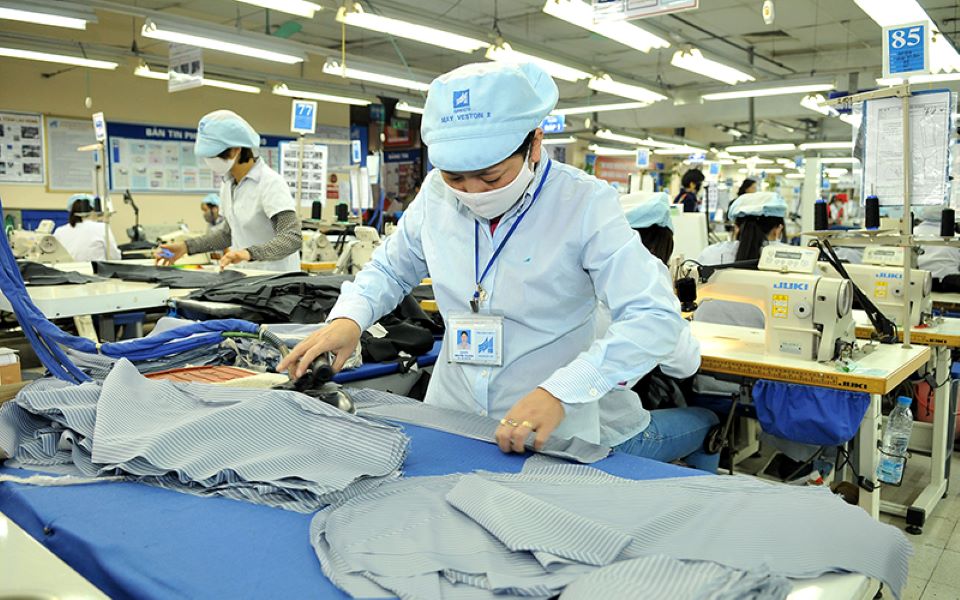
Textile and garment enterprises are still uncertain about orders for Q4/2024
The Textile and Garment Association advises textile enterprises to focus on improving delivery quality and developing fashion industry solutions.
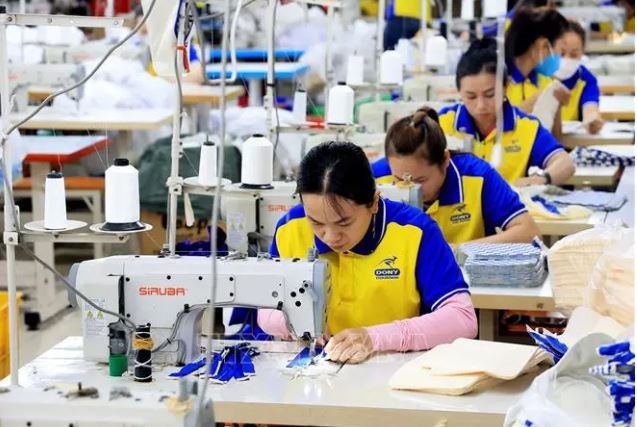
The importance of flexible credit policies for textile enterprises
The textile industry faces challenges such as importing raw materials, price fluctuations, and fierce competition. Therefore, flexible credit policies play a crucial role in ensuring the survival of textile enterprises.
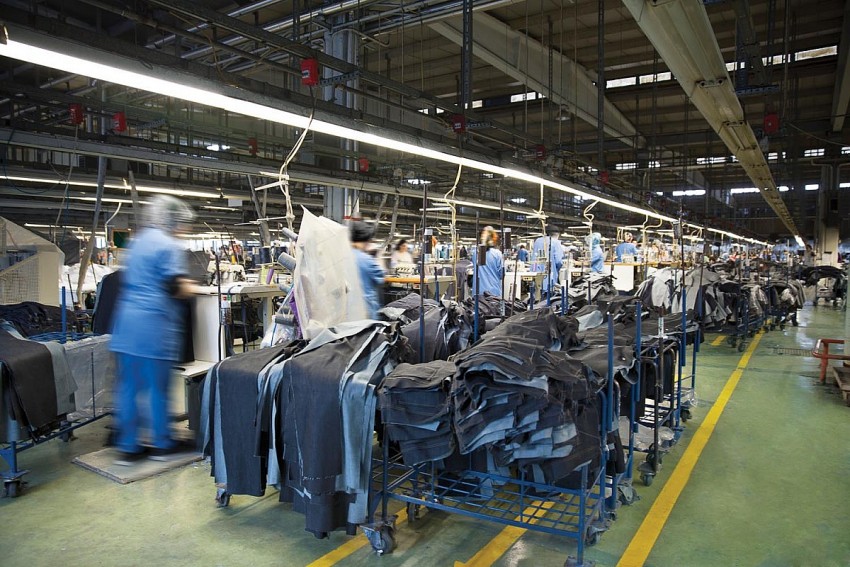
Textile and garment exporters fully booked until year-end
The chairman of VITAS is confident that this year's textile and garment export turnover will definitely reach the target of $44 billion, despite the challenging global economic backdrop.
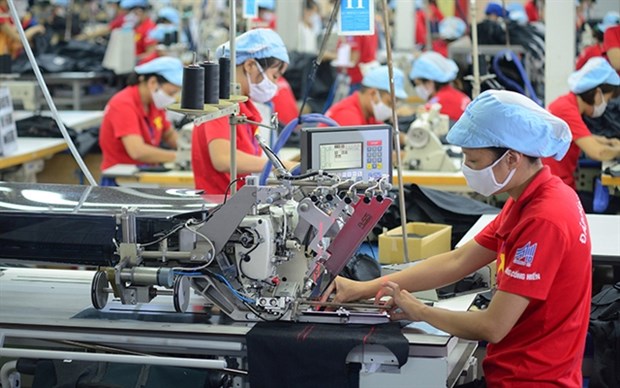
Tight material supply impedes textile exports
Although the demand for Vietnamese textiles is forecast to rise steadily in the short term, firms are concerned that tight material supply will impede their export plans.
Đọc thêm Enterprise
List of Vietnam’s 25 Best Workplaces 2025
Great Place To Work® has officially announced the 25 companies featured in the Best Workplaces in Vietnam™ 2025 ranking.
The ambitions of major enterprises in 2025
Major enterprises such as Dabaco, FPT, and KBC have set ambitious plans for 2025, demonstrating flexibility and sharpness in their business strategies.
What do domestic businesses need to overcome difficulties?
Strong and synchronized government support policies are crucial in helping Vietnamese enterprises navigate the current challenging period.
ACV achieved net profit surpassing VND 11,560 billion in 2024
Vietnam Airports Corporation (ACV) has recently announced its 2024 business results, reporting a net profit exceeding VND 11,560 billion, marking a 37% growth compared to the previous year.
Increasing taxes on pick-up trucks: The need to hear public opinion
The proposed tax increase on pick-up trucks is sparking debate. Many representatives argue that this decision could impact workers, businesses, and the domestic automotive market.
"The Vietnam-Korea Investment Cooperation Forum 2024 is a testament to the spirit of innovation and sustainable collaboration."
For Mr. Kim Ki-mun, Chairman of KBIZ, the Vietnam-Korea Investment Cooperation Forum 2024, scheduled for November 21, is not merely an event but also a testament to the spirit of innovation and sustainable collaboration between nations.
KBIZ's 60-year journey in building a solid foundation for South Korea's small and medium enterprise community
With over 60 years of establishment and development, the Korea Federation of SMEs (KBIZ) has emerged as a pioneering force in supporting the small and medium-sized enterprise (SME) community in South Korea.
What categories are included in the additional audit subjects?
On the morning of November 7, the National Assembly discussed the draft amendment of several articles across seven laws, with a particular focus on adding new audit subjects.
Institutional obstacles "tie up" enterprises and challenge economic growth
During a session discussing the 2024 socio-economic development plan, National Assembly deputies emphasized that institutional barriers remain a significant "obstacle" for businesses.
More than 1,000 new real estate businesses established in Ho Chi Minh City, transactions grow
In the first nine months of 2024, Ho Chi Minh City's real estate market witnessed the establishment of over 1,000 new businesses and recorded 1,600 property transactions, signaling a positive recovery trend.



